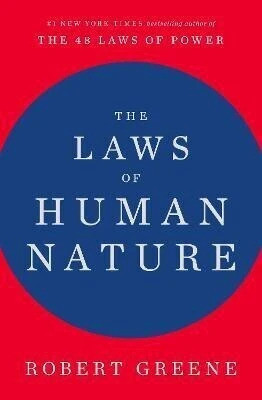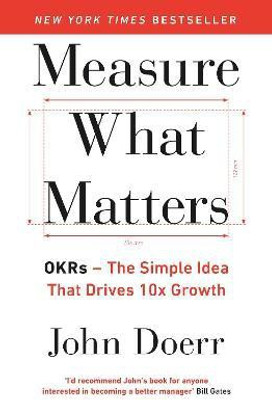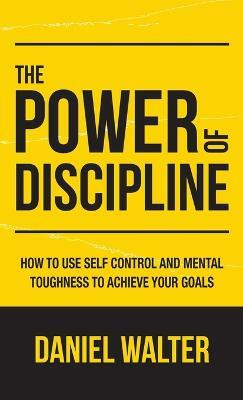
Fiction-writing mode: Descriptive technique, Metaphor, Simile, Monologue, Dialogue, Narrative mode, Anthropomorphism, Voice, Exposition (English, Paperback, LLC Books, LLC Books, Source Wikipedia)
Price: Not Available
Currently Unavailable
Highlights
- Language: English
- Binding: Paperback
- Publisher: Books LLC, Wiki Series
- ISBN: 9781156468210, 1156468213
- Edition: 2010
- Pages: 32
Description
Please note that the content of this book primarily consists of articles available from Wikipedia or other free sources online. Pages: 31. Chapters: Descriptive technique, Metaphor, Simile, Monologue, Dialogue, Narrative mode, Anthropomorphism, Voice, Exposition, Purple prose, Relevance, Cliche, Verisimilitude, Rhetorical device, Grammatical modifier, Summary, Action, Transition, Personification, Diction, Objectification, Figurative analogy. Excerpt: The narrative mode (also known as the mode of narration) is the set of methods the author of a literary, theatrical, cinematic, or musical story uses to convey the plot to the audience. Narration, the process of presenting the narrative, occurs because of the narrative mode. It encompasses several overlapping areas of concern, most importantly narrative point-of-view, which determines through whose perspective the story is viewed; narrative voice, which determines the manner through which the story is communicated to the author to be the same person. However, the narrator may be a fictive person devised by the author as a stand-alone entity, or even a character. The narrator is considered participant if an actual character in the story, and nonparticipant if only an implied character, or a sort of omniscient or semi-omniscient being who does not take part in the story but only relates it to the audience. Ability to use the different points of view is one measure of a person's writing skill. The writing mark schemes used for National Curriculum assessments in England reflect this: they encourage the awarding of marks for the use of viewpoint as part of a wider judgment. The narrative mode encompasses not only who tells the story, but also how the story is described or expressed (for example, by using stream of consciousness or unreliable narration). Narrative point of view (also point-of-view or viewpoint) describes from which grammatical person's perspective the story is perceived. In a first-person narrative the st...
Read More
Specifications
Book Details
| Publication Year |
|
| Table of Contents |
|
Contributors
| Author |
|
Dimensions
| Width |
|
| Height |
|
| Weight |
|
Be the first to ask about this product
Safe and Secure Payments.Easy returns.100% Authentic products.
Back to top






